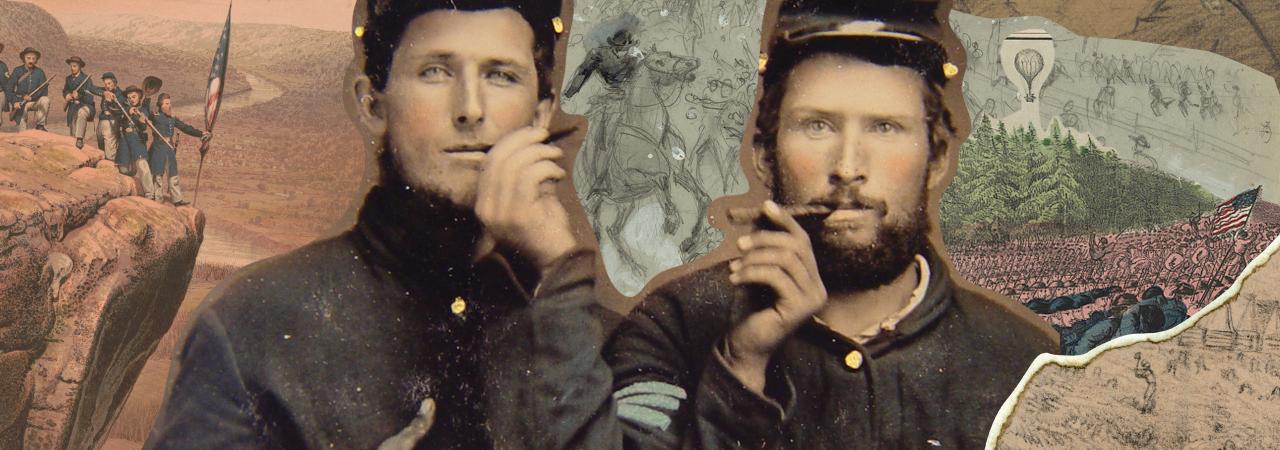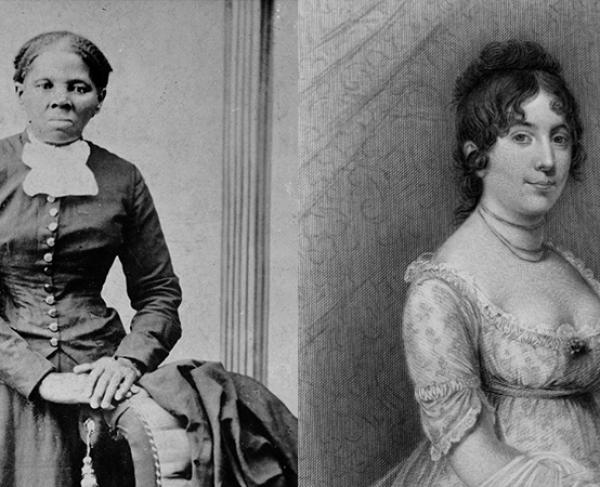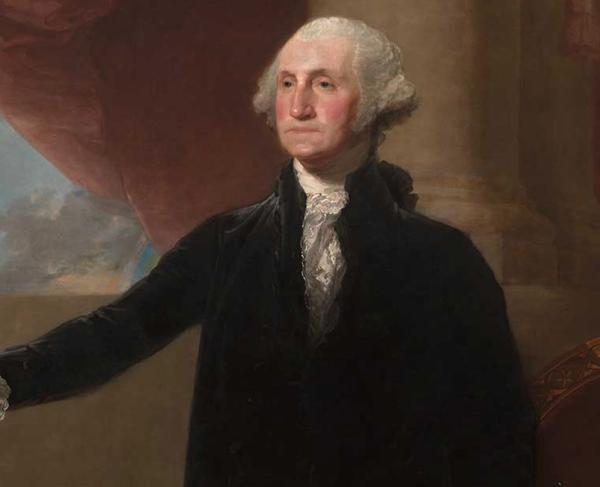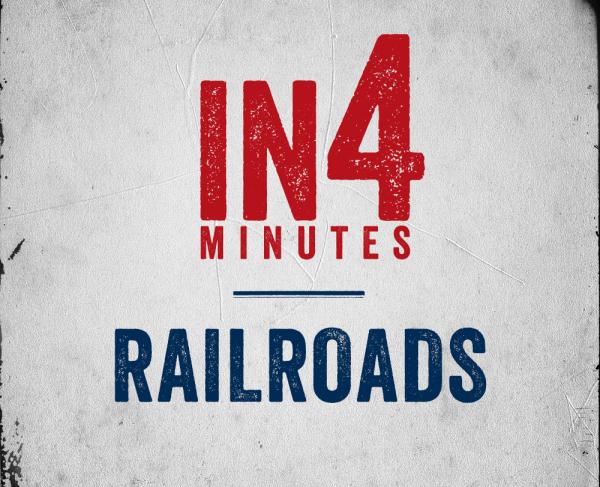
Head-Tilting History
In the early days of 1865, French shipbuilder Lucien Arman sold the Confederate Navy one of the deadliest vessels ever built up to that point in history. The Confederates named the ship the CSS Stonewall, and their brief time at its helm marked the start of 23 years of service on the shores of three continents.
Did you know that the first mention of coffee in America was by Jamestown's most famous settler? Captain John Smith knew about coffee from his travels in Turkey and told his fellow colonists about the bean, although it would not arrive in the US until the 1640s. Here are 5 more facts to pique your curiosity about how this perky beverage played a role in the Revolution.
Some things have changed a lot since the time of the American Civil War – and some haven’t changed at all. Take the art of the clapback, for instance. Merriam-Webster defines a “clapback” as “...responding to a criticism with a withering comeback.” While the term is in its infancy by historical standards, originating in early-‘90s rap music, the practice of answering insult with humor or derision is older than the minie ball. And the practice of throwing shade with a witty one-liner is as old as time itself. But don’t take our word for it. Here are 5 Civil War exchanges that illustrate our nation’s proud history of fearless, searing comebacks and witticisms.
Long before there was a United States, the Americas were populated by tens of millions of people with rich societies and cultures. The fate of these nations after the arrival of European settlers makes for a complex tale worthy of much more than a single email. Instead, in recognition of Native American Heritage Month, we're highlighting some of the surprising ways that you can spot Native American influence within the narrative of history.
October is the season for ghost stories, but sometimes reality is even more chilling. There are grim truths and gory details from the Civil War that may sound like the stuff of horror films, but for many Americans during our nation’s defining conflict, they were reality.
"Remember the Alamo!" It was the battle cry that inspired Sam Houston's army to defeat their Mexican foes at the Battle of San Jacinto. The victory eventually sent the army of General Antonio López de Santa Anna back across the Rio Grande and secured Texas's independence. It lived on in the Mexican-American War a decade afterward. And today, almost two centuries later, it may be what most Americans best remember about the Texas Revolution.
Head-Tilting History sparked from a desire for engaging stories to share with all audiences, to build a new — or grow a long-established — love of history. Please share this exciting content and send feedback to web@battlefields.org.
Membership
Hallowed Ground Magazine
Explore the American Battlefield Trust’s award-winning membership magazine, Hallowed Ground, published quarterly.
Women in War
Women had a vital role in America's early conflicts — participating, supporting, and organizing. Studying their involvement gives a broader...
How Well Do You Know George Washington?
Take our quiz to find out how much trivia you know about America's first president.
Railroads in the Civil War
VIDEO | Historian Sam Smith discusses the importance of railroads in the Civil War era. This video is part of the American Battlefield Trust's In4



